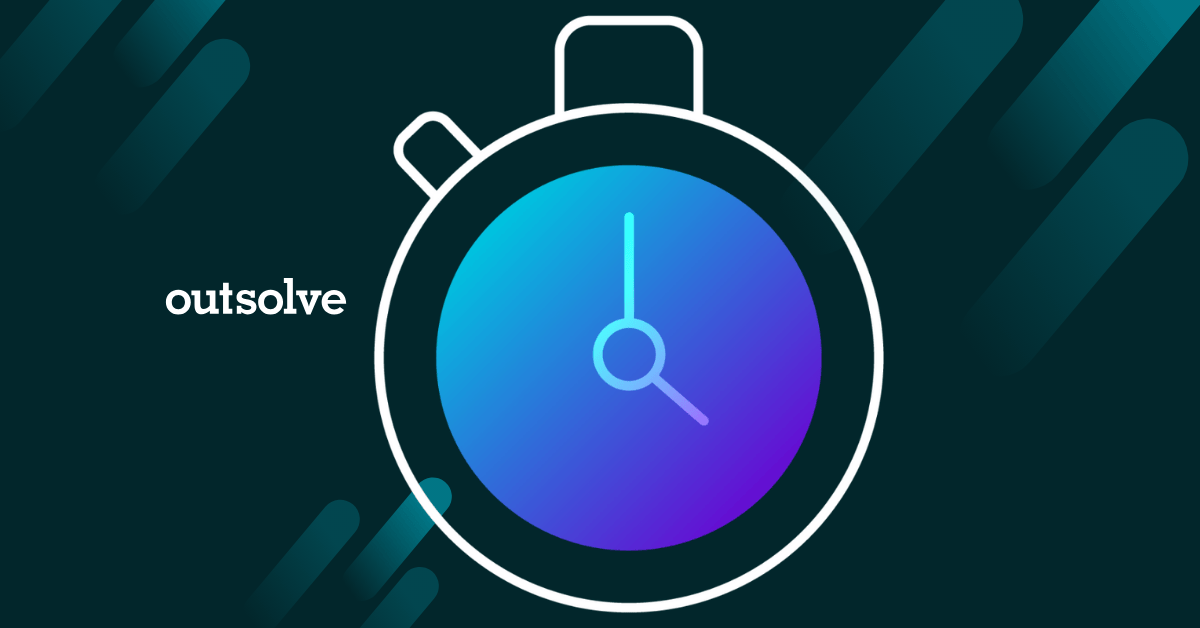3 min read
EEOC Unveils Pay Insights: Impacts of EEO-1 Component 2 Dashboard on Businesses
 Neil Dickinson
:
Apr 18, 2024 10:55:03 AM
Neil Dickinson
:
Apr 18, 2024 10:55:03 AM
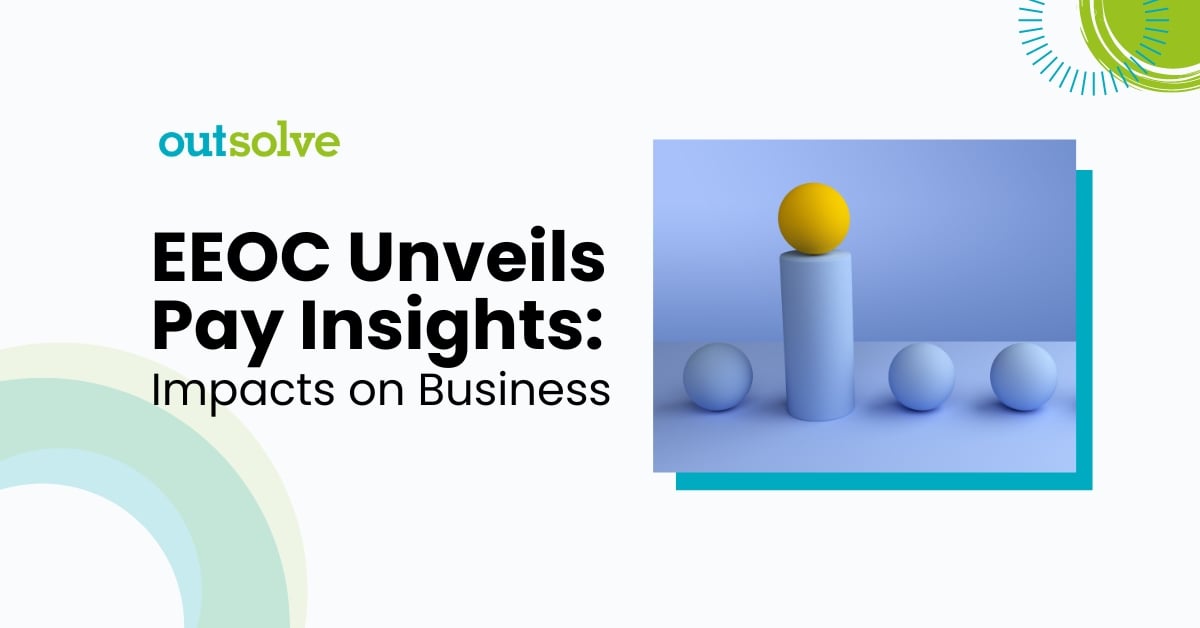
The March release of the EEO-1 Component 2 dashboard by the Equal Employment Opportunity Commission (EEOC) has sparked a new wave of interest in U.S. pay gaps and potential concerns for businesses. This new data portal allows users to explore pay data from large employers across various industries, broken down by race, ethnicity, gender, and job category. The data from 2017 and 2018 EEO-1 collections offers unprecedented transparency into workforce demographics and compensation practices.
According to the EEOC, one of the purposes of the dashboard is to allow industries, employers, and individuals to assess how their pay compares to others in their industry, job category, or state by sex and race. The commission also states the dashboard shows "pay disparities based on sex and race persist in almost every industry both at the national level and in nearly every state."
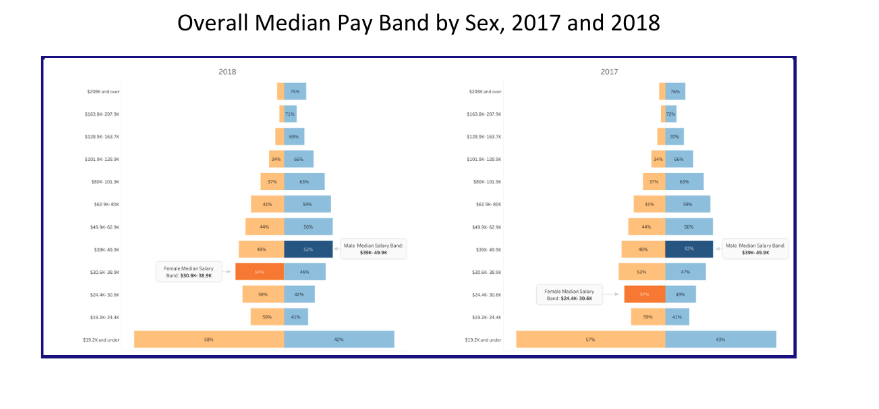 EEOC Chair Charlotte Burrows summarized the EEOC's view of the findings saying, "The dashboard illustrates what we have long known—that pay disparities based on sex and race persist in almost every industry both at the national level and in nearly every state. Women are paid less than men in the aggregate, and Black women and Hispanic employees generally were in lower median pay bands than white employees in the same industries and job categories. Making this aggregated data available to the public shows how pay data collection can shine a light on the problem and potential solutions." Burrows went on to say, "The EEOC remains dedicated to using all of our tools to combat pay discrimination and to fulfill the promise of equal opportunity in our nation's civil rights laws."
EEOC Chair Charlotte Burrows summarized the EEOC's view of the findings saying, "The dashboard illustrates what we have long known—that pay disparities based on sex and race persist in almost every industry both at the national level and in nearly every state. Women are paid less than men in the aggregate, and Black women and Hispanic employees generally were in lower median pay bands than white employees in the same industries and job categories. Making this aggregated data available to the public shows how pay data collection can shine a light on the problem and potential solutions." Burrows went on to say, "The EEOC remains dedicated to using all of our tools to combat pay discrimination and to fulfill the promise of equal opportunity in our nation's civil rights laws."
Another announced purpose of the EEOC's decision to collect pay data is to prioritize investigations and help identify systemic discrimination. Based on this enforcement intention, businesses should be aware of how their pay equity metrics measure up compared to provided industry and job grouping benchmarks.
Here is a closer look at the potential impact of the EEO-1 Component 2 dashboard on businesses:
Increased Scrutiny and Accountability
The dashboard empowers employees, advocacy groups, and journalists to analyze pay data and identify potential gaps based on protected characteristics. This increased scrutiny can put pressure on businesses to address any identified disparities and ensure fair compensation practices.
Focus on Pay Equity
By providing insights into industry benchmarks and highlighting potential pay gaps, the dashboard can prompt businesses to focus on pay equity initiatives. Companies might reevaluate salary structures, implement bias training for hiring managers, and conduct regular pay equity analyses to ensure fairness.
Enhanced Employer Branding
Businesses committed to pay transparency and demonstrably achieving pay equity can strengthen their employer brand. This can be particularly attractive for applicants and employees that value fairness and social responsibility in their workplaces. By utilizing the new dashboard, opportunities exist for organizations to tout their pay equity metrics in comparison to industry peers
Data Limitations and Challenges
This data is over 5 years old, and it may not reflect current trends. Additionally, the dashboard does not account for factors like experience or qualifications that can influence pay differences. Companies should only use this data as a starting point for further analysis.
Strategic Response for Business
Businesses can proactively address the EEO-1 data by conducting their own pay equity analyses using more recent data and incorporating additional job-related factors.
Looking Ahead to the Reemergence of Pay Data Collection
The EEO-1 Component 2 dashboard is a significant step towards increased transparency in workplace compensation and will certainly renew interest in collecting pay data as part of annual EEO-1 submissions. The EEOC addressed this question in their released FAQs:
“Advancing equal pay for all workers is a key priority for the EEOC, as memorialized in the agency’s Strategic Enforcement Plan for Fiscal Years 2024-2028. The National Academies of Sciences, Engineering, and Medicine (National Academies) studied the EEOC’s historic, first-time collection of pay data and concluded in a Consensus Study Report that a federal pay data collection is necessary to identify and combat pay discrimination effectively. The National Academies made recommendations for the EEOC to consider in any future pay data collections to enhance the value of the data to the EEOC and the public and reduce the potential burden on employers. Since the Consensus Study Report was issued, the EEOC has been rigorously examining its findings and recommendations and hearing from advocates, researchers, employers, and employees about next steps. Any new pay data collection would be preceded by additional and formal opportunities for public input, including public notice and a public hearing, and any such collection would be informed and guided by that public input.”
Employers should continue to monitor EEOC news releases as the current board's desire to reinstitute pay data collection seems clear. OutSolve will provide updates and guidance when applicable and we encourage you to contact us with any question regarding pay equity studies, compensation benchmarking, and developing salary structure.
Neil brings over 20 years of experience working with HR, Talent Acquisition, and Compensation teams across the country to build best-in-class compliance programs. Neil has worked directly with the OFCCP on hundreds of successful AAP Pay Equity Audits, supported clients in EEOC equal pay charges, and has also designed Pay Equity Analytics to provide federal contractors better visibility to pay gaps within their organizations. Neil regularly delivers training on Pay Equity and other compliance topics for SHRM, ILG, and other industry HR group events. Neil received his undergraduate degree from the University of South Carolina and The University of Hull in England and his MBA from The Citadel.
Recent Posts
Related Posts
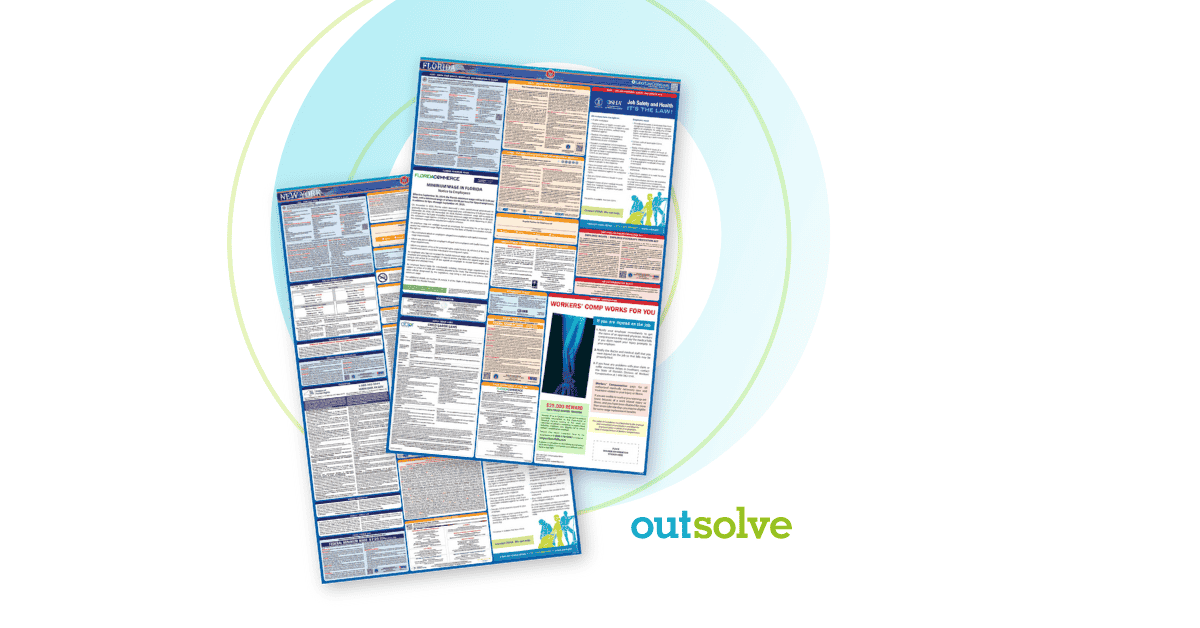
The Ultimate Guide to Multi-State Labor Law Posters
Human Resources professionals understand how important and challenging it can be to remain updated and compliant with labor laws. This is especially...
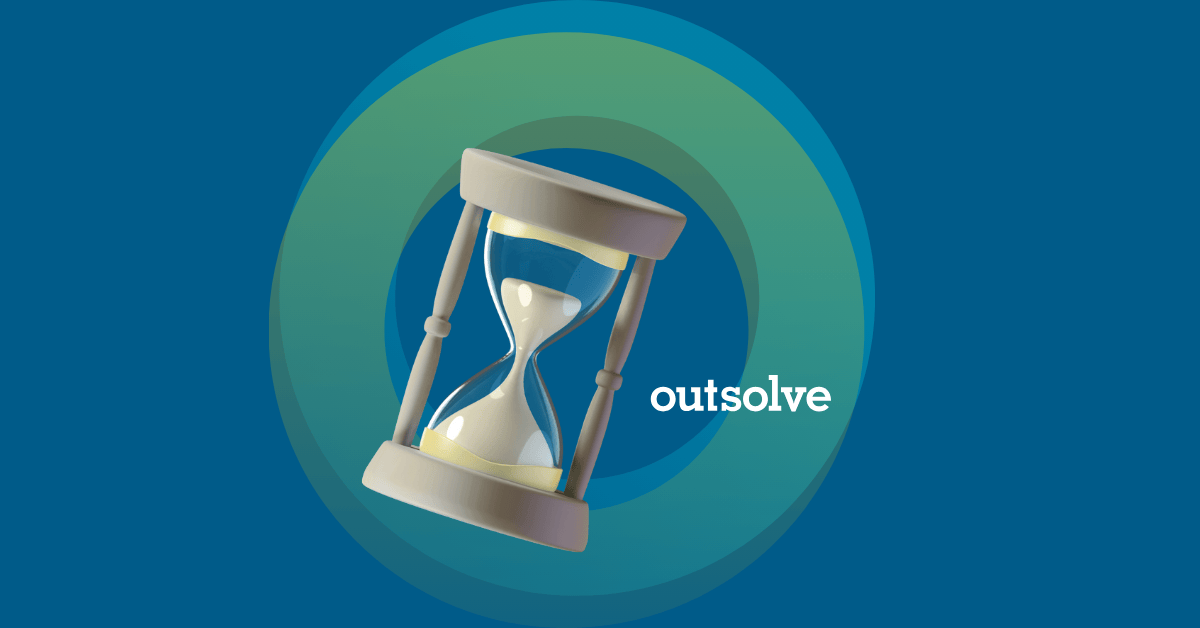
Countdown: Final Days of the 90-Day Safe Harbor Period for AAPs
April is here and with that comes the end of the 90-day safe harbor period for federal contractors complying with EO 11246. As April 21, 2025,...
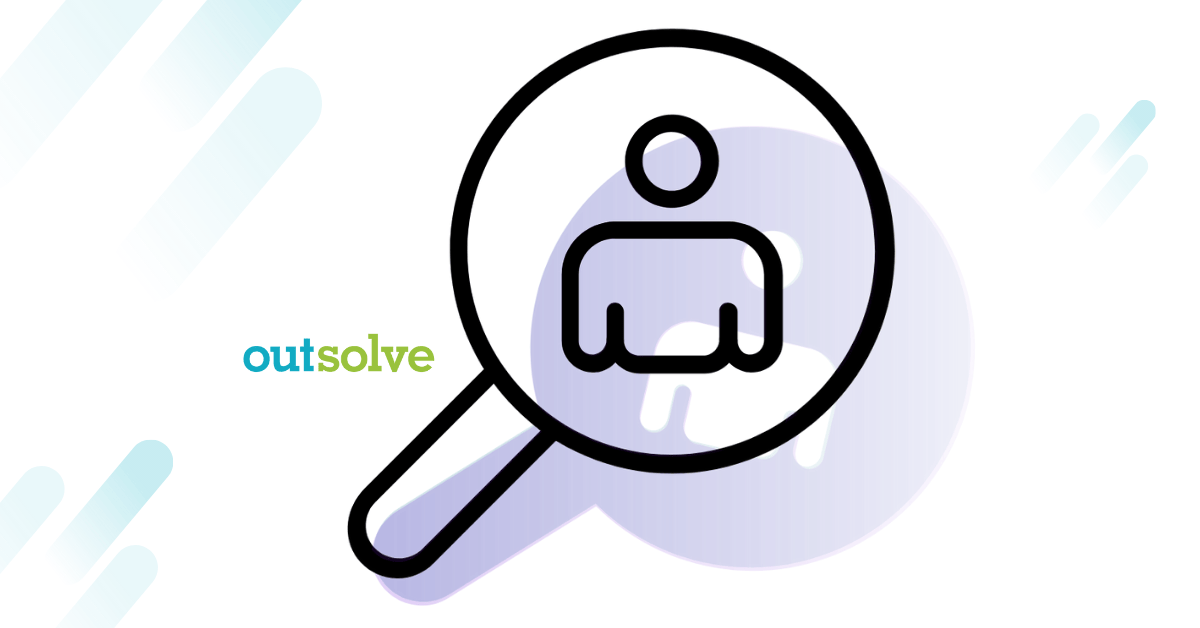
What Triggers an I-9 Audit? Key Factors You Should Know
Verifying proper identity and work authorization documentation for every employee is a crucial HR compliance function - not just for a company’s...



